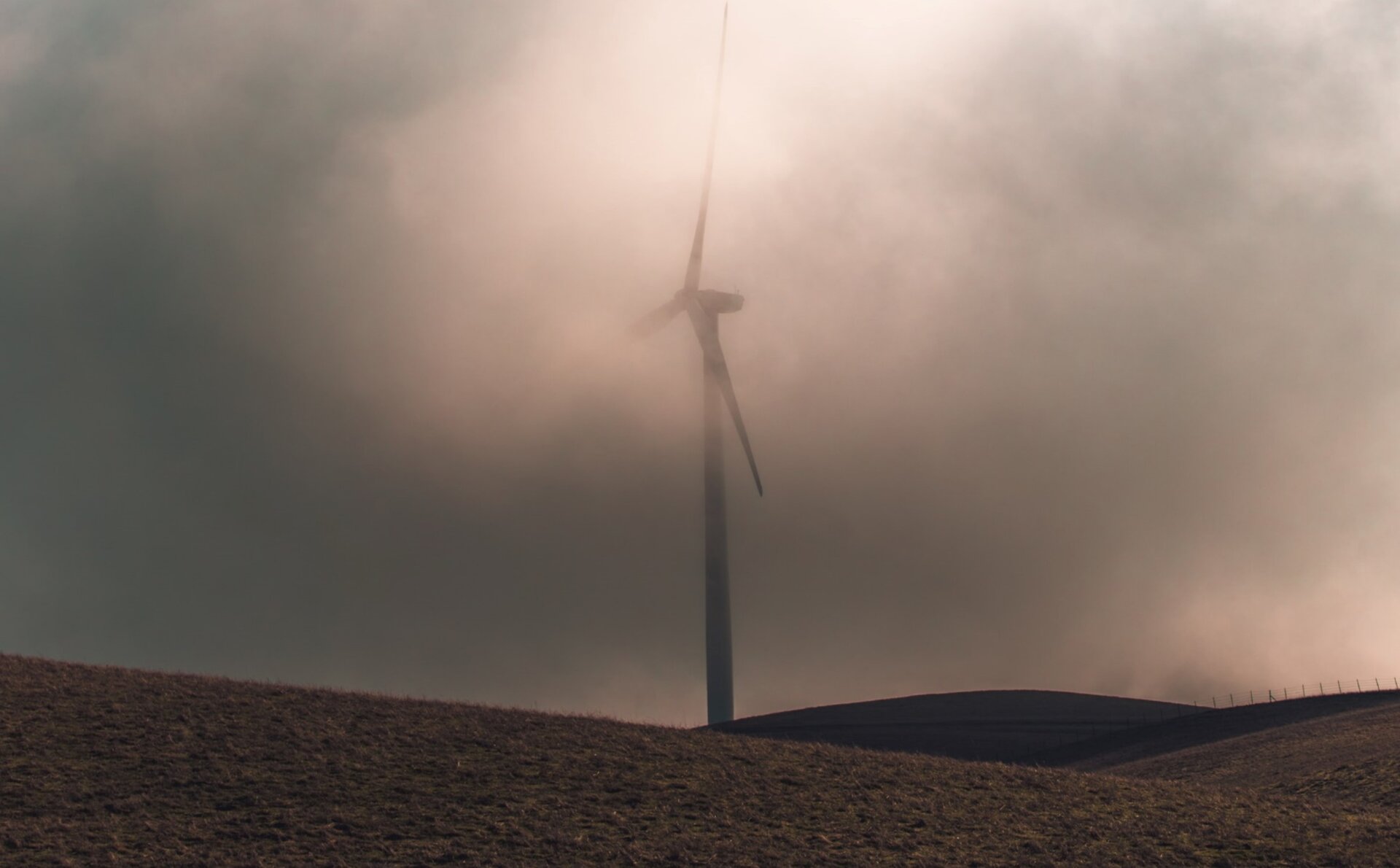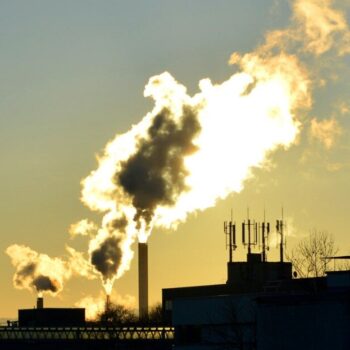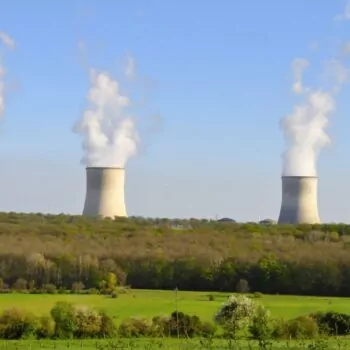After months of absence, the EU’s Taxonomy for sustainable activities is now expected to be firmly back on the agenda in June and July. Both the Council, and in particular the European Parliament, will adopt or veto the Commission’s proposal to label gas and nuclear as sustainable energy sources. E3G has previously criticised this proposal, as have investors, civil society and even the EU’s own investment bank. The decision to include nuclear and gas in the classification of economic activities that qualify as green has been subject to a turbulent and difficult negotiation process in Brussels.
The Commission’s proposal has been based in no small part on the assumption that nuclear energy and especially gas would function as a bridging source towards a renewable energy future. But it is fair to say that the Russian aggression on Ukraine has upended Europe’s plan for a smooth transition toward a climate-neutral energy system. With a full gas embargo from Russian deliveries looming, cheap gas will be a thing of the past as replacement options, such as LNG supply, will remain significantly more expensive. The REPowerEU strategy, a direct response to the Russian war on Ukraine and the ensuing tectonic geopolitical shift, puts renewable energy at the heart of the EU’s strategy to become independent from Russian fossil fuel supplies.
At first glance, the EU Taxonomy does not play a considerable role in this policy shift. However, it is now clear that the transitional role of gas has been put seriously into question. Although the EU will certainly not be able to transition away from gas completely in the coming years, a full exit is now likely sooner rather than later. This raises the question of whether this fuel could truly be considered sustainable.
Similar to gas, nuclear energy is unlikely to be the holy grail in the energy transition. Countries may choose nuclear energy to play a role in their own transitions. But not only is the EU facing similar supply dependencies for nuclear fuels from Russia, but the Russian attacks on Ukrainian nuclear power sites and the ensuing reaction of horror internationally show that the potential hazard to human health and the environment remains a constant possibility, which needs to be properly assessed.
E3G has taken a more detailed look at the implications of the recent geopolitical shifts on the EU Taxonomy in our newest briefing, which you can find here.
Our conclusion: The new geopolitical reality in Europe has made it obvious that clean energy uptake needs to be accelerated to cut reliance on imported energy sources. The REPowerEU announcements earlier this month lay the way forward for Europe, emphasising the need for rapid, scaled investments in renewable energy and energy efficiency. This is precisely the originally intended purpose of the EU Taxonomy – to provide private investors with sufficient clarity on what is sustainable and direct flows of capital towards them.
Beyond Europe’s borders, the EU Taxonomy is having a significant impact on the development of similar regulatory instruments. The REPowerEU package reiterated Europe’s strong commitment to accelerating decarbonisation at home and supporting energy transition efforts abroad, especially in developing regions. The European approach to achieving climate neutrality and improving the resilience of its energy systems by integrating economic, political and financial regulatory frameworks could become a role model for the world economy. But Europe setting the tone internationally for a modern, climate-neutral and resilient energy system starts at home with the critical decision on the EU Taxonomy.


